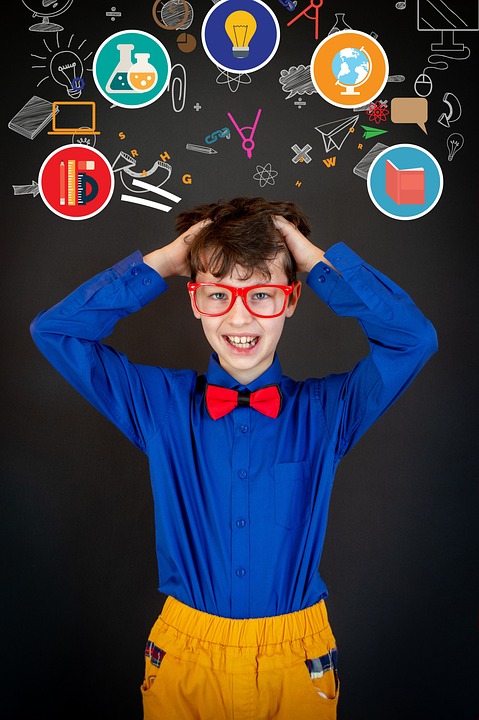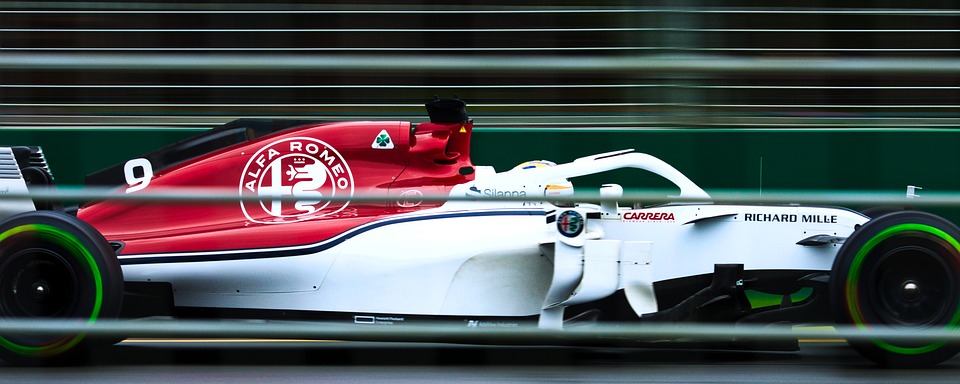The Role of Sound Design and Music in Film
Sound design and music are essential components of any film production. They work together to create the atmosphere, mood, and emotion of a scene, elevating the overall cinematic experience for the audience. Sound design encompasses all the audio elements in a film, including dialogue, sound effects, and ambient noise, while music adds an additional layer of emotion and enhances the storytelling.
Creating Atmosphere and Mood
Sound design and music are powerful tools that filmmakers use to create the desired atmosphere and mood for a scene. Whether it’s a suspenseful moment, a romantic encounter, or a high-intensity action sequence, the right combination of sound design and music can draw the audience in and enhance their emotional engagement with the story.
Sound designers work closely with directors to tailor the soundscape of a film to match the tone and vision of the project. They carefully select and manipulate sound effects, ambient noise, and dialogue to create a cohesive and immersive audio experience. Music composers collaborate with filmmakers to craft original scores that complement and enhance the visual storytelling, using melodies, rhythms, and themes to evoke specific emotions in the audience.
Building Tension and Excitement
One of the key roles of sound design and music in film is to build tension and excitement in a scene. By carefully manipulating sound effects, pacing, and musical cues, filmmakers can create a sense of anticipation and suspense that keeps the audience on the edge of their seats. Whether it’s the ominous sound of footsteps approaching, the sudden blare of a horn, or a pulsing drumbeat driving the action forward, sound design and music can heighten the drama and intensity of a scene.
In action sequences, sound designers often use a combination of fast-paced music, dynamic sound effects, and frenetic editing to create a sense of urgency and adrenaline. The rhythmic interplay between sound and image can amplify the impact of a fight scene, car chase, or explosion, immersing the audience in the heart-pounding thrill of the moment.
Enhancing Emotional Impact
Sound design and music also play a crucial role in enhancing the emotional impact of a film. Through the use of carefully crafted soundscapes and musical scores, filmmakers can evoke a wide range of emotions in the audience, from joy and sadness to fear and awe. By manipulating the volume, pitch, and timing of sound elements, they can heighten the emotional intensity of a scene and create a deeper connection between the audience and the characters on screen.
For example, in a romantic scene, soft piano music and gentle ambient sounds can create a sense of intimacy and tenderness, enhancing the emotional connection between the lovers. In a tragic moment, the swell of a mournful string section and the distant echo of a bell can evoke feelings of grief and loss, immersing the audience in the characters’ pain and sorrow.
Conclusion
In conclusion, sound design and music are essential components of any film production, working together to elevate the overall cinematic experience and engage the audience on a deeper emotional level. Through the use of carefully crafted soundscapes, sound effects, and musical scores, filmmakers can create the desired atmosphere, build tension and excitement, and enhance the emotional impact of a scene.
By collaborating closely with directors and other creatives, sound designers and music composers bring a unique perspective and artistic sensibility to the storytelling process, using their skills and creativity to enhance the visual narrative and transport the audience into the world of the film. In this way, sound design and music play a crucial role in elevating films to cinematic excellence and creating a truly immersive and unforgettable viewing experience for audiences around the world.



